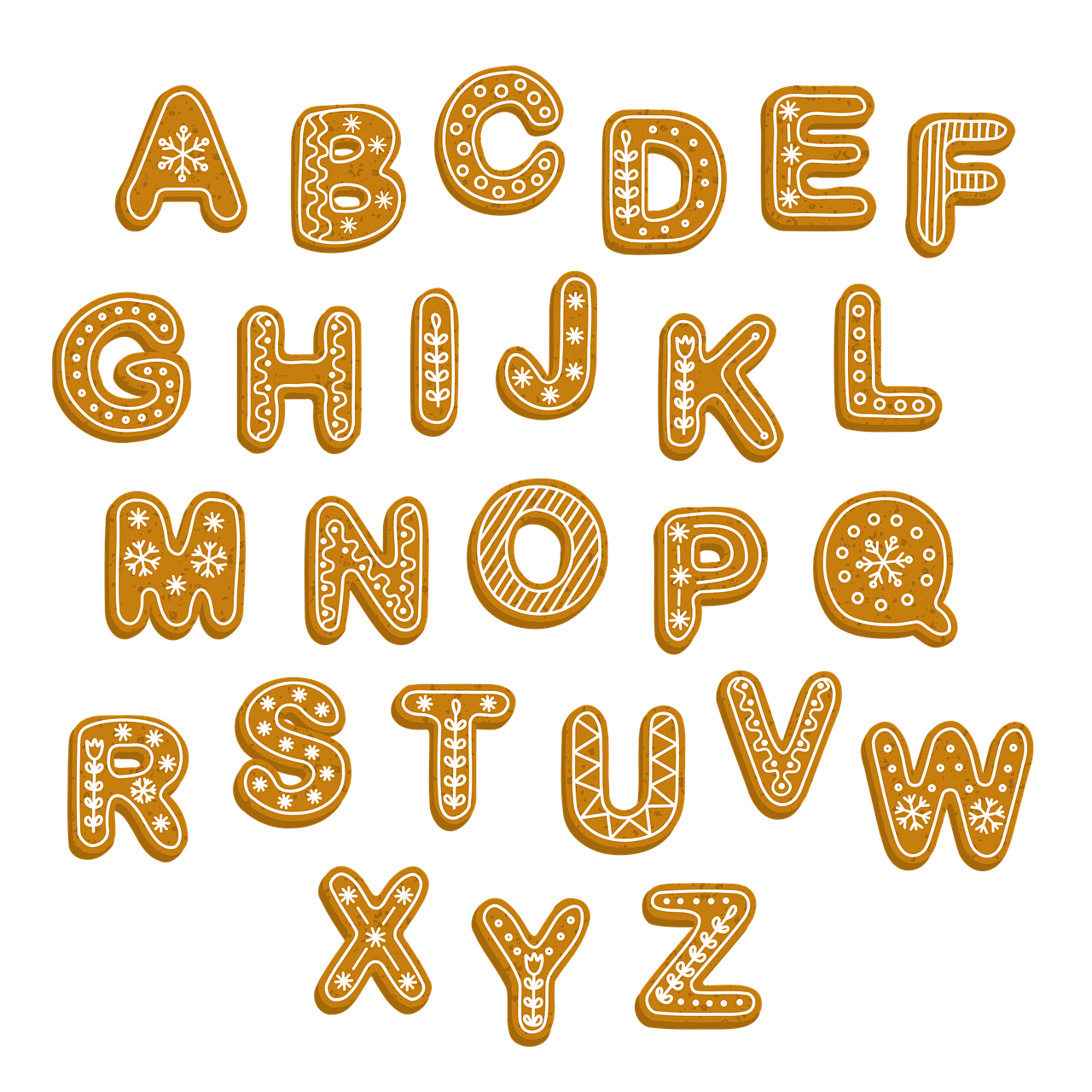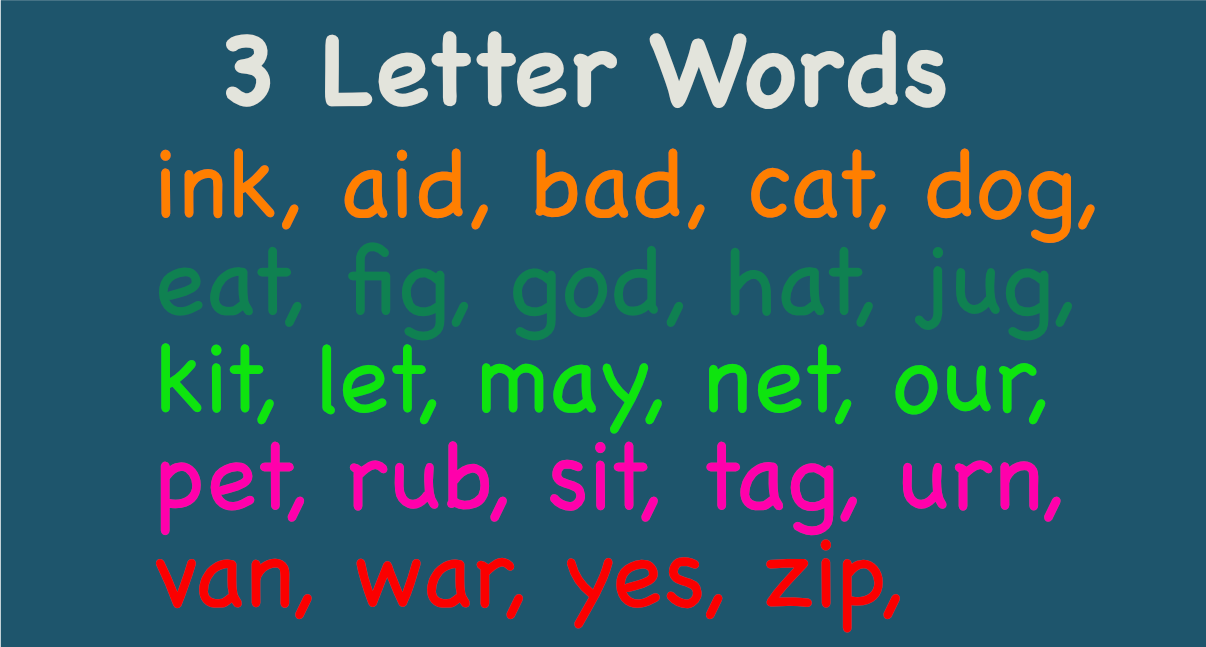
Physical development milestones for children are important because they help parents understand what their children should be able to do by certain ages.
There are many different developmental milestones a child can reach.
This article focuses on various physical developmental milestones for children. The posts covers:
- Physical Development
- Gross motor development
- Cognitive development
- Sensory development
These stages are crucial to a child’s well-being and future developmental success.
Contents
- 1 Physical Development
- 2 When does your baby start crawling?
- 3 When does your toddler begin to walk?
- 4 When does your preschooler begin to run?
- 5 When does your kindergartner learn to climb stairs?
- 6 When does your first grader learn to ride a bike?
- 7 Social Development
- 8 Cognitive Development
- 9 Sensory Development
- 10 Gross Motor Development
- 11 First Six Months Are Crucial
Physical Development
Physical development milestones for babies include being able to sit unsupported, crawl, stand, walk, run, jump, climb stairs, and ride a bike.
Children’s physical development is measured through a series of “milestones” based on age.
These milestones are the abilities most children will achieve by certain ages. These skills include self-movement, holding objects, and hand-to-mouth coordination.
These skills will be difficult to master for a newborn, but will become easier as an infant grows.
Listed below are the most common physical development milestones. This is a list of important dates when your child will reach a particular milestone.
- Typically developing infants can crawl by five to eleven months of age, though children with Cerebral Palsy and Down Syndrome may experience significant delays.
- Typical walking expectancies are nine to 17 months, though this age may vary if your child has a condition that causes delay in these functions.
The CDC’s Ages and Stages Questionnaire outlines approximate periods for most infants to reach these milestones.
But you can never be 100 percent sure when your child will hit them!
Parents can encourage your child’s physical development by playing games with them.
Try to play games with your child that require you to move your arms and legs. Young children can be engaged in finger plays and tummy time.
Older children can play physical games such as chasing a ball. Jump rope, biking, rollerblading, and walking are also physical activities.
And don’t forget about family time. Even if you’re not a parent, parents can play physical games together.
When does your baby start crawling?
Babies usually begin walking at around 12 months old. They will need support when learning how to walk, so make sure there is enough space for them to move around safely.
When does your toddler begin to walk?
Toddlers typically start walking between 18 and 24 months old. It’s important to encourage toddlers to take steps forward and backward while holding onto something sturdy.
When does your preschooler begin to run?
Preschoolers usually begin running at age 3. They will need to learn how to balance themselves as they run.
They also need to practice running with different speeds and distances.
When does your kindergartner learn to climb stairs?
Most kids start climbing stairs when they are 4 years old. They will need to master balancing while walking up and down stairs.
They will also need to learn how to walk up and down stairs without falling.
When does your first grader learn to ride a bike?
Kids who are learning to ride a bicycle usually begin at age 3 or 4. By age 5, they should be riding with training wheels.
At 6 years old, they should be riding without training wheels.
Social Development
Children from eight to eleven years of age start to establish their own sense of style, belongings, and interests.
They are beginning to form social norms and fears of rejection. They also begin to prioritize their friends over family.
The CDC’s Physical Development Milestones are based on research that shows that children develop at different rates.
The guidelines are not absolute, but they are useful for determining what your child should be doing and when to start doing certain activities.
Although children typically achieve physical development milestones at their own pace, some may have problems achieving these milestones.
This is why it is essential to discuss your child’s progress with a pediatrician if you are concerned.
In the meantime, it is important to read child development blogs like GoofyGiggle.com that explain and simplify physical development milestones and what to expect from your child at various ages.
Child development websites like this can also help you learn about your child’s abilities and learning needs. When your child reaches a milestone, celebrate it!
Cognitive Development
Children reach many milestones during their early years. At age three, approximately 80 percent of the brain is developed.
Cognitive skills are developed, including memory and language, and the ability to categorize things.
Children begin to ask questions and analyze what they see, as well as how and why things work.
As their cognitive abilities continue to improve, they start to explore the world and interact with others.
While all children are likely to pass by certain developmental milestones at some point in their lives, there are many that occur at different times.
Children continue to expand their cognitive abilities in late childhood and middle childhood.
They develop more rational thinking and understand concepts of the past, present, and future. They also begin to process complex ideas.
However, their attention spans are still limited until they reach the age of 11, though they do begin to improve as they approach adulthood.
Despite the many benefits of these developmental milestones, it’s important to recognize that a child’s emotional state can influence how well they process information and their ability to learn.
Most parents know about the physical developmental milestones that children must reach at various ages.
For example, a child must be able to sit up and hold his or her head up. But there are also many other developmental milestones. Some children may have a difficult time in learning to walk, while others may still be crawling.
If you’re worried about your child’s cognitive development, here are some tips that can help you monitor his or her progress.
Sensory Development
Early in life, babies begin to develop the sensory systems that will help them learn and understand the world around them.
The brain must be able to interpret, process and organize this information in order to function properly.
This early development is important for the child’s overall health and well-being, and the skills of perceiving and interpreting are essential for learning.
From birth, babies begin to respond to sensory stimuli, such as sound, movement and sight.
They also start to explore the world around them by touching objects and learning how to grasp them.
Babies also begin to develop eye-hand coordination and engage in eye-mouth exploration.
This stimulates their sense of taste. Visual depth perception develops later and helps children learn how to move safely.
Other important senses include vestibular and proprioception. Of all the senses, sight is the least developed at birth, and babies can only see about 30cm in front of them.
They should be gradually exposed to new sounds to help them develop a tolerance for them.
In the fourth month of life, babies begin to improve their vision and link their senses together.
Between six and nine months of age, babies begin to recognize familiar objects, create memories, and explore their environment.
At nine and twelve months, babies begin to explore objects, environments, and other people.
At this age, they are also more responsive to emotions, and may begin to interact with their parents, siblings, and other people.
Children’s sense of taste develops slowly. It takes several years for their taste glands to develop completely, but they are able to distinguish sweet, salty, and bitter tastes.
The sense of taste is closely related to the sense of smell. Touch develops through the skin’s touch receptors, which tell the brain about pressure, temperature, and movements of the muscles.
The foetus can feel temperature and pain in the womb, and their sense of touch is well developed at birth.
Gross Motor Development
Most children are capable of a variety of gross motor skills.
These skills include crawling, walking, jumping, catching, throwing, stopping, batting, and many more.
These skills are the foundations for the physical abilities we take for granted as adults.
Most preschoolers can perform basic gross motor skills, and many school-aged children can perform advanced motor skills.
However, some children do not meet the developmental standards for these skills until their second or third year of life.
Not all babies reach motor milestones at the same age. Even the order in which they reach them varies.
For example, in five countries, babies usually reach sitting without assistance before they can crawl on their own.
Crawling on their hands and knees comes next, followed by standing with help, and finally walking on their own.
However, the exact timing of motor milestones depends on many factors, including genetics.
First Six Months Are Crucial
There are several gross motor development milestones that should be achieved by your baby during these first six months.
These milestones usually overlap within a reasonable time frame, but if your child is behind schedule, talk to your pediatrician as early intervention can make a big difference.
These milestones usually take approximately four to five months to reach, so timing may vary. However, they are still important milestones to meet.
In the case of walking, 90% of children will master this skill by age 14 months. This skill is listed in the 18-month row of the milestones table and is generally achieved between the 12 and 18-month well-child visits.
All the best with your little cuttie pie.



